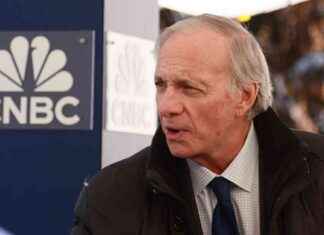The recent US jobs report revealed weaker data than expected, causing a stir in the bond market. With only 114,000 jobs added in July, below the anticipated 175,000, and other key figures missing the mark, bond traders responded by cutting rates for the Fed. This move comes after the Fed chose to keep rates unchanged earlier in the week, but left the door open for a potential cut in September.
Following the report, US 2-year yields dropped significantly, reaching 3.881%, down -28.3 basis points. The 10-year yield also fell to 3.797%, a decline of -39.4 basis points. The 30-year yield decreased to 4.10%, down -33.9 basis points for the week. These shifts in yields reflect a significant change in market sentiment, with the bond market now pricing in an 80% chance of a 50 basis point cut at the September meeting.
Looking ahead, the market is expecting a total of 5 cuts or 127 basis points of cuts by January 2025, and 8 cuts or -242 basis points by June 2025. This indicates a growing expectation of further rate cuts by the Fed in response to slowing job growth and market uncertainty.
In addition to the bond market reaction, the stock market also experienced a decline, with major indices like the Dow Industrial Average, S&P index, NASDAQ index, and the small-cap Russell 2000 all falling for the week. Tech giants like Amazon, Google, Microsoft, and Nvidia saw declines, while Apple managed to buck the trend with a gain after better-than-expected earnings.
In the forex market, the USD ended as the weakest of the major currencies, with significant losses against the JPY, CHF, EUR, and GBP. The JPY and CHF emerged as the strongest currencies as investors sought refuge in safe-haven assets amid market volatility.
Overall, the reaction in the bond market to the weak jobs data signals growing concerns about the state of the economy and the potential need for further intervention from the Fed. As market dynamics continue to shift, investors will closely monitor upcoming economic data releases and central bank statements for clues about future monetary policy decisions.








